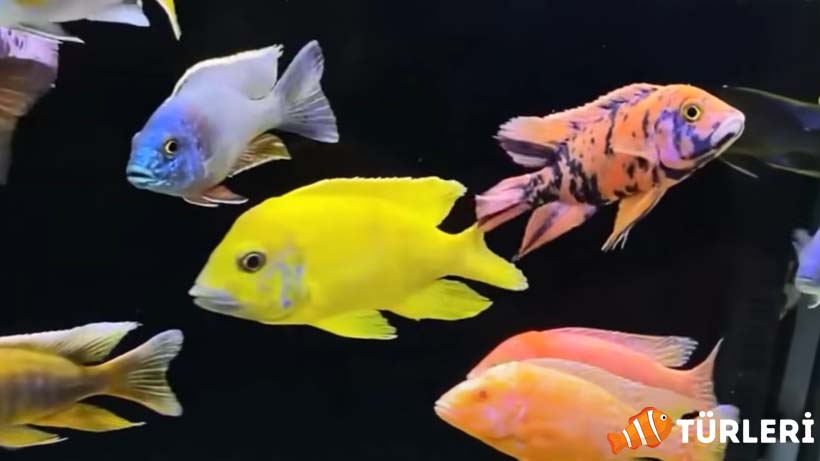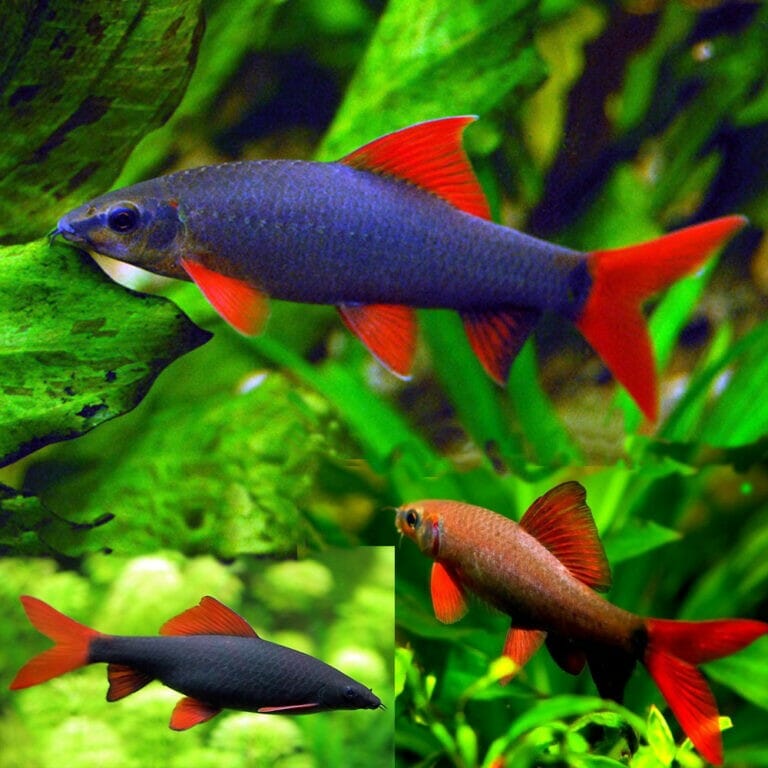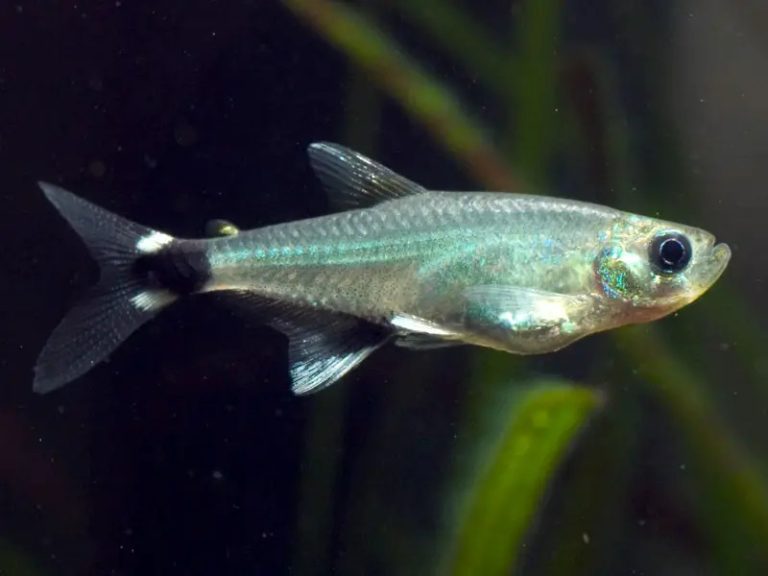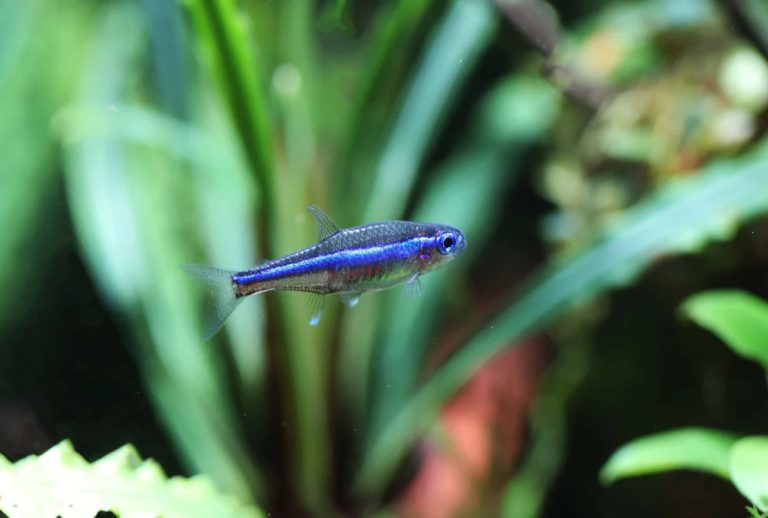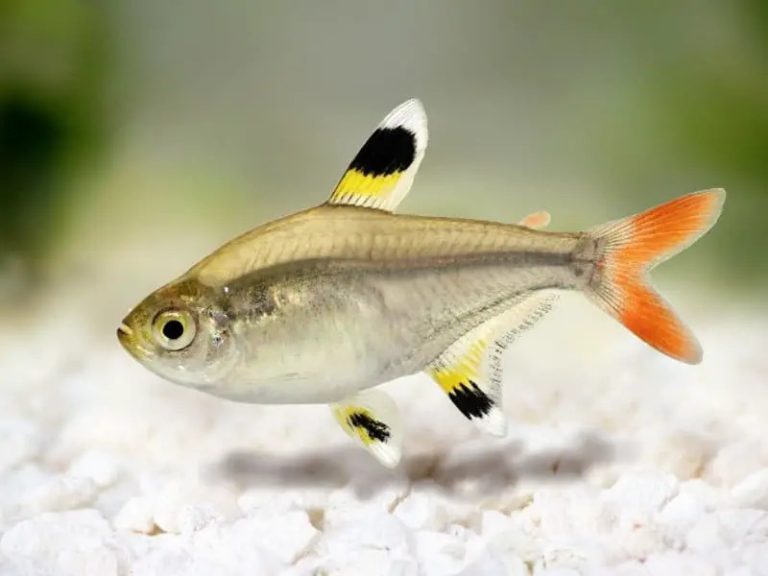Cichlid Fish: Top 8 Popular Cichlid Species and Pictures 2023
Cichlid fish species are mainly indigenous to Africa’s Lake Malawi. Cichlids have over 1300 different varieties in total. Although most are native to Lake Malawi, they are also found in the waters of South Asia, Madagascar, and tropical Americas.
Except for some exceptional species, cichlids, which are not difficult to care for, have become a popular choice among aquarium fish due to their variety of colors and variations. They are known as “ciklet” in our country, but they are also referred to as cichlid fish. Furthermore, unlike livebearers, cichlids reproduce by laying eggs.
With this list we have prepared for you, you will be able to easily determine which cichlid species to add to your aquarium. Before acquiring one of these species, you must ensure that you have an aquarium and equipment that meets the minimum requirements.
Cichlids are divided into three main regional categories:
Malawi Cichlids: This is the general name given to cichlid species that originated in Lake Malawi. Malawi cichlids are harmonious fish both against their own species and other cichlids. They are also among the most popular cichlid fish in aquariums.
Tanganyika Cichlids: They get their general names from Lake Tanganyika, the largest lake in Africa. Although they are fewer in number than others, these waters are the richest in terms of variety. The lake hosts about 250 different cichlid species.
Madagascar Cichlids: Species living in the freshwater of Madagascar are the most resilient. They have been able to survive in waters where temperatures sometimes drop and rise excessively. They can survive in temperatures ranging from 12 to 40 degrees Celsius. They are not very popular in our country.
Here are the top 8 Cichlid Fish we have prepared for you.
lectric Yellow Cichlid (Yellow Princess Cichlid)

The Electric Yellow Cichlid, often known as the Yellow Princess, is undoubtedly the most common cichlid species. When people think of aquarium fish, they’re often one of the first species that come to mind. However, they are challenging to care for in small aquariums (under 120 liters). Even though they are peaceful, they can become aggressive due to a small living environment.
In a 120-liter aquarium, no more than 6 princesses should be kept. The Electric Yellow Cichlid is an excellent choice for those new to the hobby. Due to its easy maintenance and resilience, it’s one of the most preferred cichlid species.
Growing up to 13cm in size, these fish are both herbivorous and carnivorous. Females incubate their fry using a mouthbrooding method. The process lasts for about 20 days. They are hardy fish that can withstand hard waters and challenging conditions.
Within the aquarium, one should create areas with rocks or similar materials for them to hide. If one wishes to achieve healthy breeding with Yellow Princesses, the ideal male to female ratio is 1/5. For every male Electric Yellow Cichlid, there should be 5 females.
Empress Cichlid
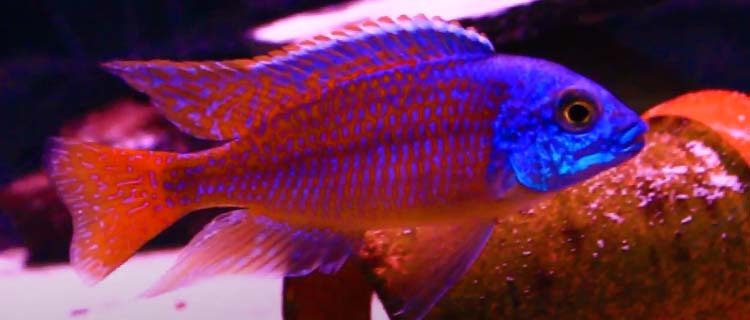
The Empress cichlid is a flashy species with vibrant colors like red, blue, and yellow. Within its species, it has many sub-types. Among them, the blue and red empress cichlids are the most common. They live in the northern regions of Lake Malawi, at depths of 4-5 meters.
Their primary diet consists of worms, invertebrates, and larvae. With the “acoustic lateral system” located on their heads, a structure with holes, they can detect creatures beneath the sand and feed on them. In the aquarium, they should be fed with protein-rich foods suitable for carnivorous cichlids.
For reproduction, they practice mouthbrooding. An adult empress cichlid can produce around 40-60 fry in a single batch. They need to be 6-7 months old to produce offspring. Moreover, males display aggressive behavior during the breeding season.
If one wants to breed the fish, to prevent hybrid species, only one type of empress should be kept. Otherwise, producing hybrid fish will become inevitable. As with most Malawi species, the ideal ratio for this fish should be 1 male to 5 females. They can grow up to 18 cm in size. For healthy care and breeding, a minimum aquarium volume of 250 liters is required.
Blue Dolphin Cichlid
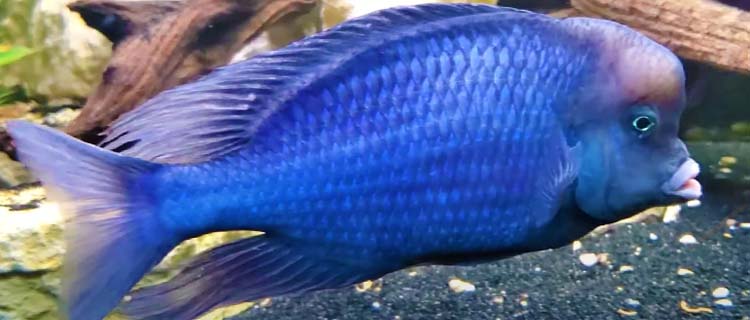
The Blue Dolphin Cichlid, known for its unique head structure, resides in the waters of Lake Malawi. It is a peaceful fish both towards its own species and other cichlid species. It can be kept in mixed aquariums. The Blue Dolphin Cichlid is one of the preferred species in our country due to its easy care and easy breeding.
They can grow up to 25cm in size. Their size is dependent on the volume of the aquarium. It’s suitable to keep them in a ratio of 1 male to 3 females. The minimum aquarium volume for 4 Blue Dolphin Cichlids should be 200 liters. Dolphins kept in 200-250 liters can reach sizes of around 15-20cm.
They can be fed twice a day with prepared feeds and foods like worms and bloodworms. A diverse diet allows the fish to be healthier.
The Blue Dolphin Cichlid is not a challenging fish when it comes to breeding. A single male can establish separate nests with 3-6 females at the same time. The ideal temperature for breeding is 25-28 degrees Celsius. Mating ends when the female lays 1-3 eggs and then picks them up in her mouth for the male to fertilize.
The female incubates the eggs in her mouth for 21 days. During this period, the female may stop eating, which can lead to weight loss.
Demasoni Cichlid
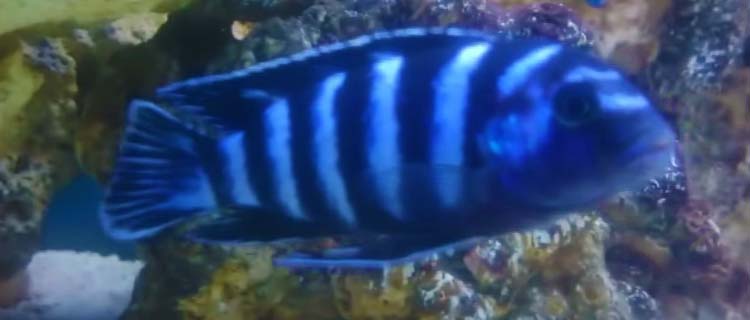
The Demasoni cichlid was first discovered in Malawi in 1994 by Ad Konings. They are referred to as Demasoni Cichlid and Midnight Demasoni in English. It is a dwarf species, growing up to a size of 8cm. However, despite their small size, they view other fish species as threats.
It may be challenging for beginners, and it’s more suitable for intermediate and advanced cichlid keepers. If they are to be kept with their own kind, it’s advised to keep them in groups of 10-12 to reduce their aggressiveness. If one wishes to keep them mixed, they can be paired with Mbuna species.
Despite being small fish, they should be kept in aquariums of at least 150 liters or more. Differentiating between males and females is difficult. Males have brighter colors. Also, as the male fish ages, an egg spot forms on its abdomen.
When the breeding time comes, the male will shake the female and encircle her, moving her to his territory before mating starts. The female immediately picks up her eggs in her mouth and then, when the male’s egg spot bursts, she also takes those, ensuring fertilization in her mouth.
Eggs incubated at 26-27 degrees Celsius will hatch in about seven days, and after two weeks, the fry begins to swim freely. The fry are as aggressive as the adults and can be highly combative towards each other. Artemia can be used to feed the fry.
Frontosa Cichlid

The Frontosa cichlid is a deep-water cichlid species native to Africa’s Lake Tanganyika. Their large size and striking colors immediately attract attention in an aquarium. They can grow up to 35cm in length. As they live at depths between 12 and 50 meters in their natural habitat, they are challenging to catch.
It’s appropriate to keep them in groups of four or multiples of four. For a group of four, a minimum of 450 liters aquarium is required. Attention should be paid to the pH, kH, and gH values for the water conditions the fish can tolerate. The pH should be above 7. Additionally, the water should be rich in oxygen.
In their natural habitat, Frontosa is a carnivorous fish that consumes worms, mollusks, and small fishes. In aquarium care, they can be fed with suitable ready-made feeds and live foods. If possible, you should cultivate your live foods rather than relying on store-bought ones, as live foods from outside sources might introduce diseases to the fish.
Sexing them is challenging. Males are somewhat larger, and the protrusions on their heads are more prominent. They are also a challenging fish in terms of breeding. They reach breeding age at 3-4 years, with males maturing later than females. Breeding is done using the mouthbrooding method. You should provide materials like stones and caves to enable the male to select and create a suitable breeding area.
Females lay about 50 eggs in the nest, usually between rocks, which the male then fertilizes. While the male is responsible for defending the nest, the female holds the offspring in her mouth. Within four to six weeks, the fry starts swimming freely. Brine shrimp can be used to feed the fry. Moreover, moderately hard water with a temperature of 25-28 degrees Celsius is required for breeding.
Calvus Cichlid

The Calvus cichlid resides in the southwestern regions of Lake Tanganyika. The name “Calvus” is derived from the Latin term for “bald.” This name is given due to the fish’s bald, scaleless region on its head. The Calvus species encompasses several distinct variations.
The most common types of Calvus are White Calvus, Black Calvus, Zebra Calvus, and Yellow (Gold) Calvus. Calvus are predatory, carnivorous fish. Their primary diet in the wild consists of juvenile fish and invertebrates. In aquariums, they can be fed live foods like shrimp, worms, bloodworms, and ready-made protein tablets.
For a group of adult Calvus, a minimum of a 200-liter aquarium is necessary. For juveniles, it should be 75 liters or more. This volume should be adjusted and increased depending on the size and number of fish. Like other Tanganyika fish, they require high oxygen levels.
It’s essential to keep nitrate, pH, and temperature levels controlled and stable. They can coexist with other peaceful Tanganyika cichlids. However, to avoid crossbreeding, you shouldn’t house them with other Calvus variations.
They are of medium difficulty in terms of breeding. They need to be at least 2 years old to breed. The male Calvus is larger than the female. For breeding, the female selects a location too small for the male to enter. Before acquiring these fish, ensure you have appropriately sized caves (nests).
The female Calvus lays between 75 and 200 eggs, attaching them to the nest. The male fertilizes the eggs at the entrance of the nest. Approximately 10 days later, the fry begin to swim freely. At this point, care should be taken to ensure the male does not eat the fry.
Lemon Cichlid
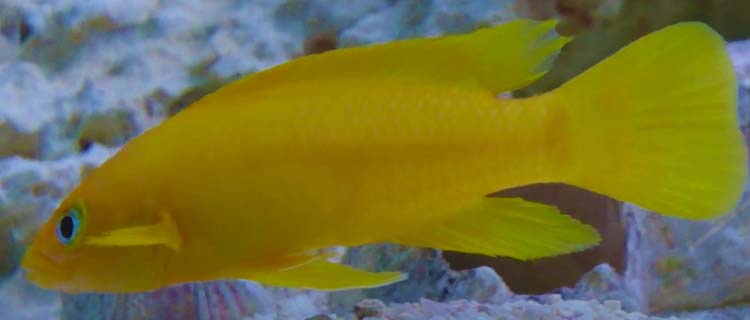
The Lemon Cichlid is a beautiful and relatively docile African cichlid from Lake Tanganyika. With its bright, vibrant colors, it has managed to become a sought-after species in mixed cichlid aquariums. They are also known as golden cichlids.
With proper care, Lemon Cichlids can live up to 10 years in an aquarium. Males can grow up to a size of 12 cm, while females can reach 9 cm. For a pair of Lemon Cichlids, a minimum of 75 liters aquarium is required. If they are to be added to mixed aquariums, the volume should be at least 150 liters.
This species is sensitive to changes in water. During water changes, the temperature of the new water should be adjusted, and it’s recommended not to change more than 20% weekly. They are also sensitive to ammonia levels.
If they have ample space and a territory of their own in the aquarium, they aren’t aggressive. It is advised not to house them with fish from Lake Malawi in mixed aquariums. They can tolerate temperatures up to 30 degrees Celsius.
Sexing Lemon Cichlids is challenging. Males have a more robust and fuller body. Additionally, males have a slight hump on their head. Another male-specific trait is their pelvic fin being longer than the females.
They are not a difficult species in terms of breeding. Once you allow them to mate, transfer the pair to a separate 70+ liter aquarium, set up with cave-like structures. The female will lay her eggs inside these caves.
The cave should be designed so that the female Lemon Cichlid can fit inside. If the male is not ready to fertilize the eggs, he might attack and injure the female. The female lays between 50 to 150 eggs on the ceiling of the cave, which the male then fertilizes.
Fry hatch from the eggs in a very short period, around 4-5 days, and start to swim freely. To ensure the rapid growth of the fry, you can feed them crushed shrimp and other nutritious foods.
Madagascar Cichlid

The Madagascar cichlid is not a commonly found species in our country. However, among the cichlid species in Lake Madagascar, it is one of the most accessible fish. Fish from Lake Madagascar are known for their resilience.
This species is also quite resistant to challenging water conditions. In an aquarium setting, they can grow up to 28 cm. Females reach about half this length. A pair of Madagascar cichlids require an aquarium of at least 200 liters in volume. They can withstand tough conditions as long as there are no sudden changes in nitrate levels.
Sexual dimorphism is relatively easy to discern due to their size and physical differences. Males are bulkier compared to females and possess sharper pelvic fins and a more rounded head shape.
Breeding them in an aquarium environment is not easy and is rarely observed. If you wish for them to breed, it is advisable to get a young pair of Madagascar cichlids. This way, you can facilitate their natural pairing.
You can observe their courting behaviors a few days before spawning. A darkening in the male’s coloration indicates that mating will soon occur. You may also notice the female’s color darkening just before she lays eggs.
The female prefers to lay her eggs in crevices, caves, and near plant roots. While the male patrols the area to protect the eggs, the female will stay close by. However, she may become aggressive if the male approaches the eggs.
The fry, which emerge from approximately 1000 eggs laid by the female, hatch in 2-3 days. They will not leave their immediate surroundings during the first week and will then begin to swim freely. At this stage, if you wish, you can separate the fry from the adults.
To feed the fry, you can use micro-worms, shrimp, and ready-made powdered foods.
Cichlids are territorial fish. While some can be aggressive, most cichlid species are peaceful. It’s essential to gather information about the cichlid species you wish to keep before acquiring them. This will make it much easier to provide them with a suitable environment.
If you’re a beginner, we recommend choosing cichlid species that are easy to care for. We wouldn’t want you to start with a challenging species and lose interest in the hobby. Lastly, you can get an idea by watching a video titled “How should a cichlid fish aquarium be?”
Please don’t hesitate to share all your questions in the comment section below.
FAQs
At What Temperature Do Cichlid Fish Live?
The suitable temperature for cichlid fish varies depending on the species and their natural habitat. If we were to give an average number, the ideal water temperature is between 23-28°C (73-82°F). While Tanganyika cichlid species can live at higher temperatures (up to 28°C), Malawi and especially Madagascar species might prefer slightly cooler conditions.
Do Cichlids Eat Plants?
Many cichlid species are both carnivorous and herbivorous and they really enjoy eating plants. If you wish to set up a planted cichlid aquarium, the species you choose should be fully compatible with plants. Otherwise, your plants won’t grow and will eventually disappear.
How Long Does It Take for Cichlids to Grow?
Depending on the species, many cichlid fish reach a size of 12cm by the age of 1. They may take up to 5 years to reach their full size.

